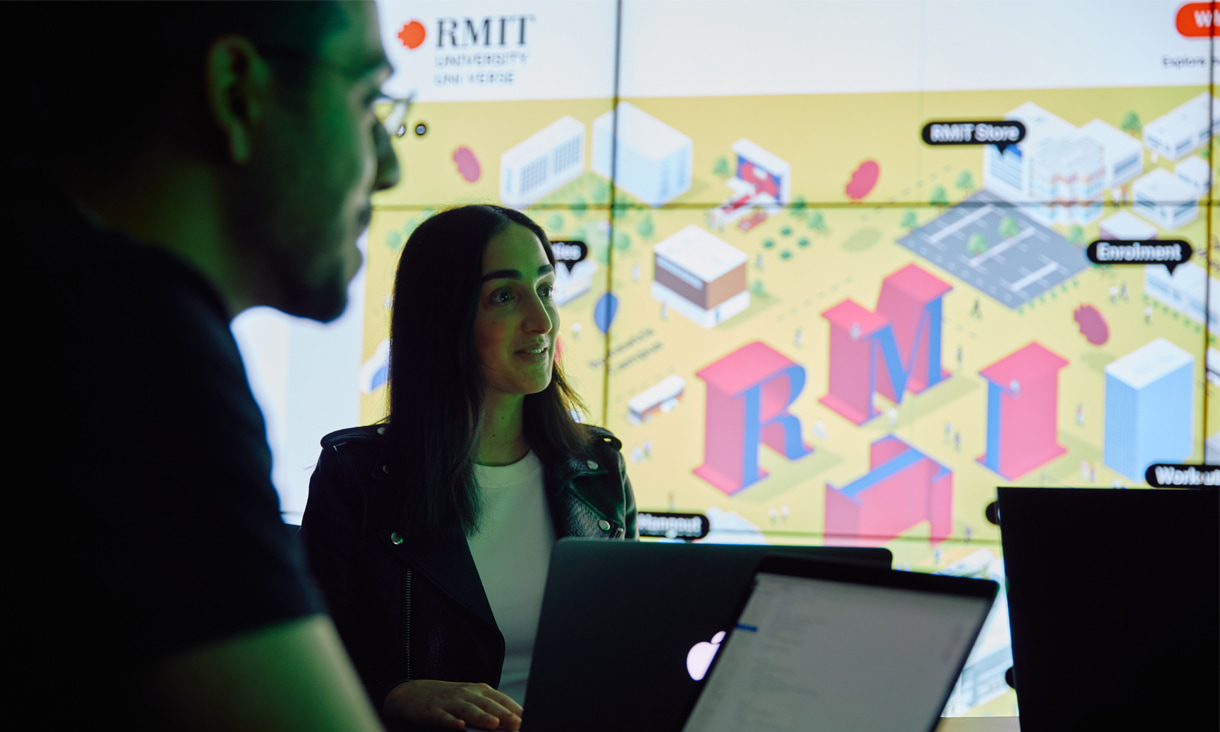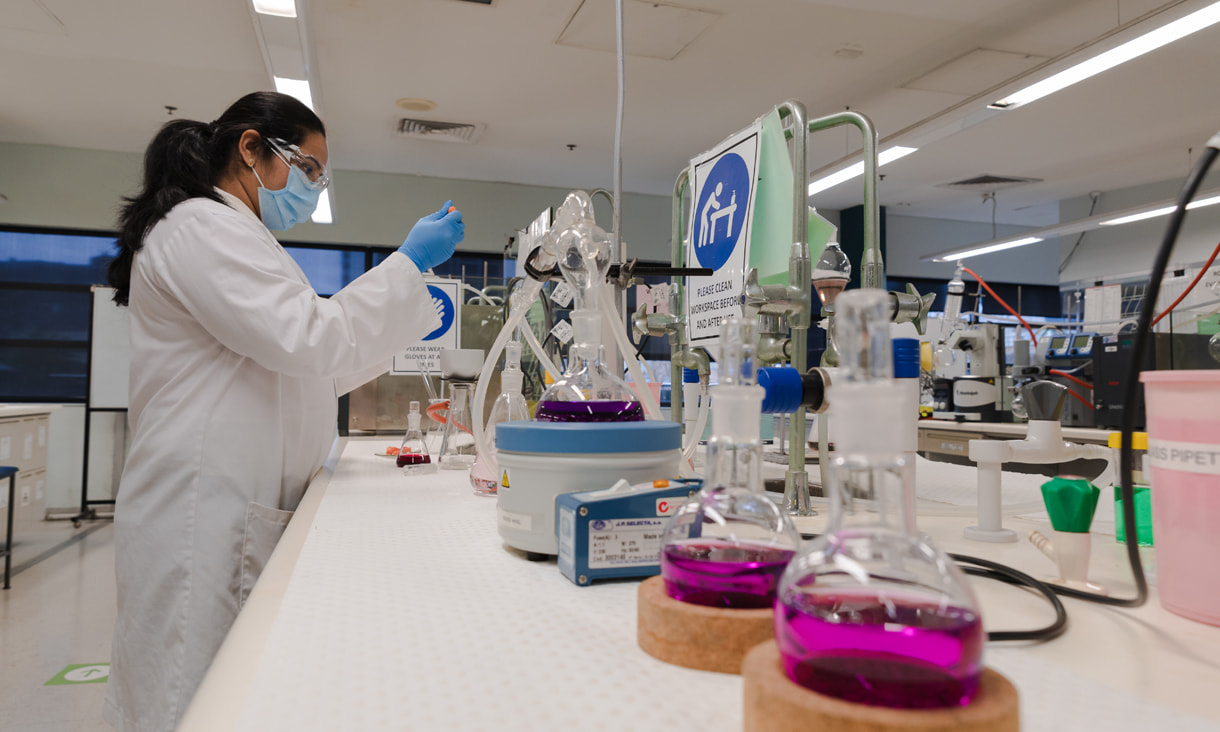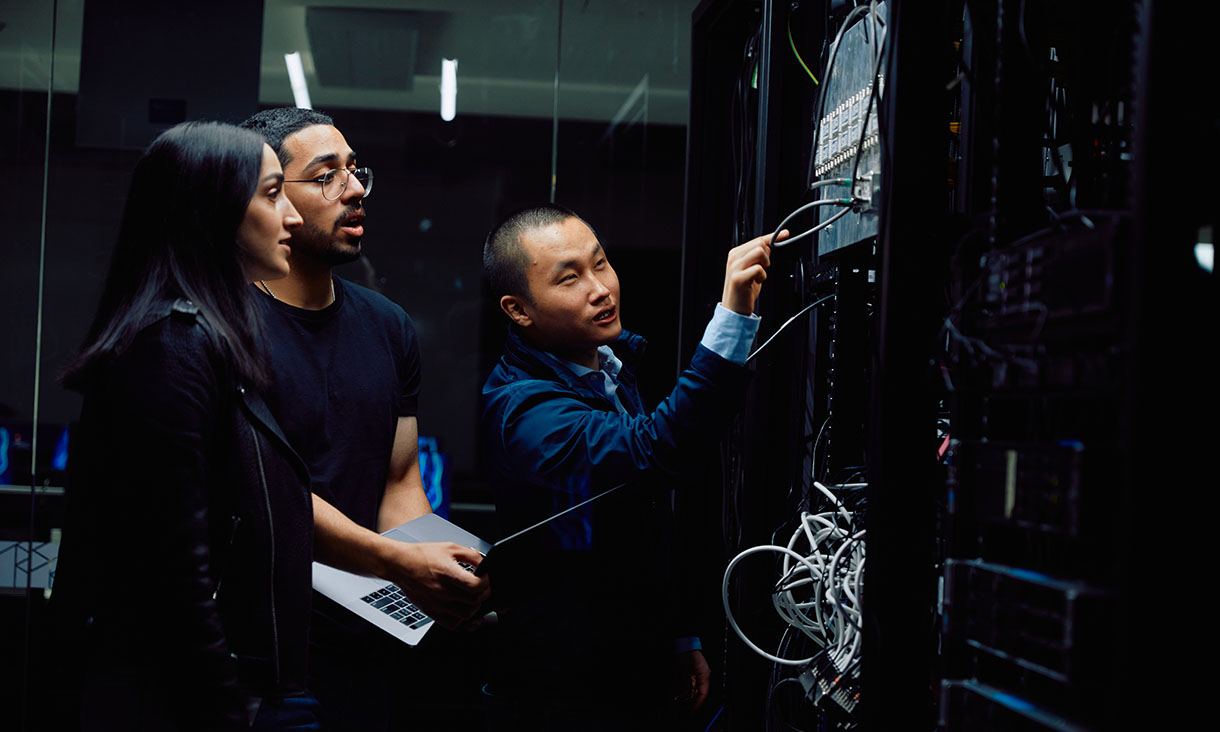What's new in STEM at RMIT
Get the skills of tomorrow in a dynamic, future-focused STEM course that’ll help you achieve your goals. RMIT’s STEM degrees are flexible, industry-connected and will help you define your career.
Five emerging IT jobs that didn’t exist 10 years ago
Technology is setting the pace of evolution across industries far and wide, and at the forefront of that change is IT.
Four ways to get industry experience and job-ready skills while studying
Industry tells us that students need more than a qualification to launch their professional career, making it extremely beneficial for students to gain industry and work experience to stand out to future employers.




